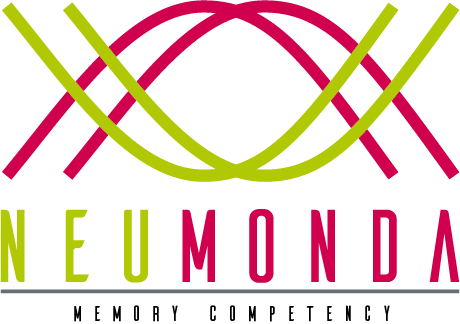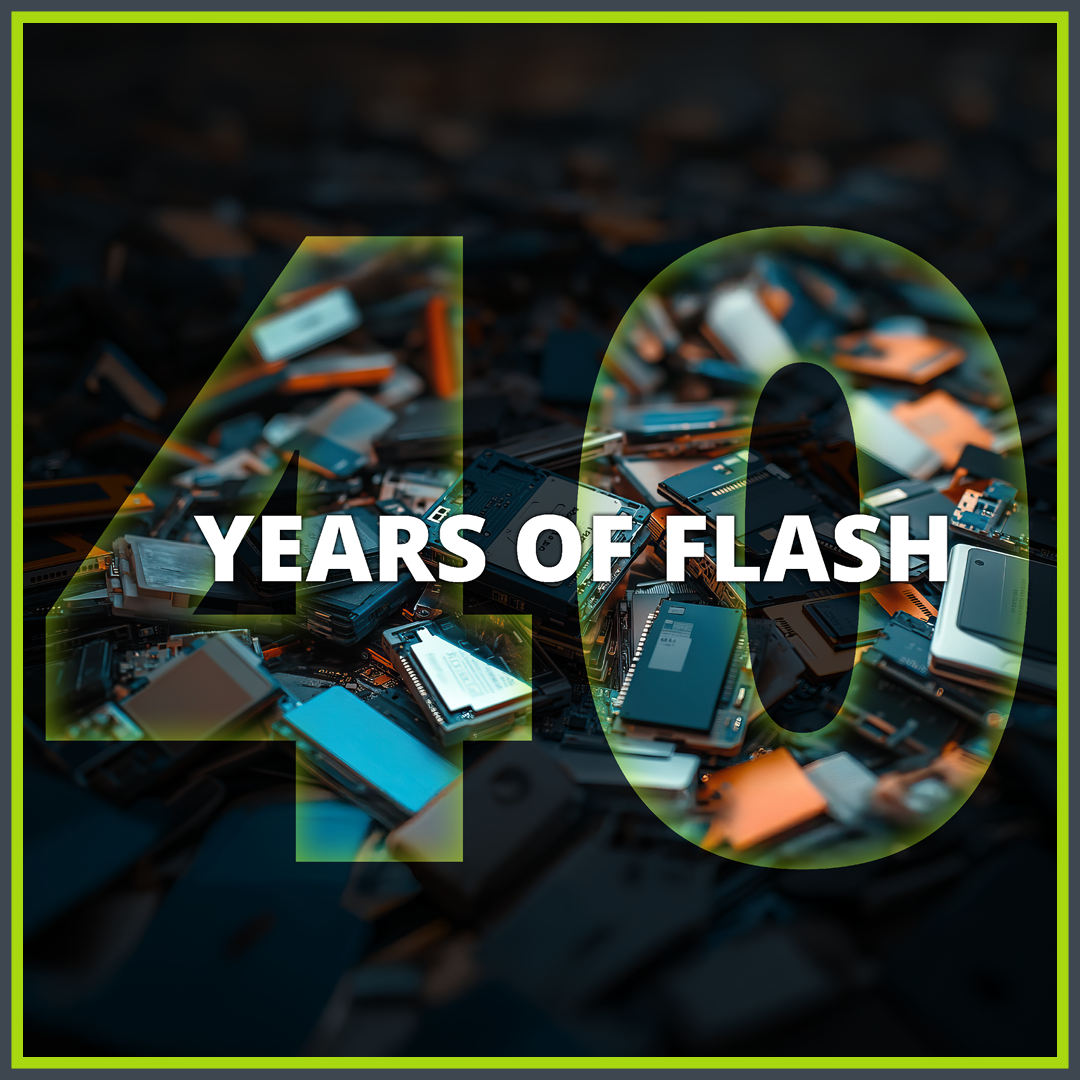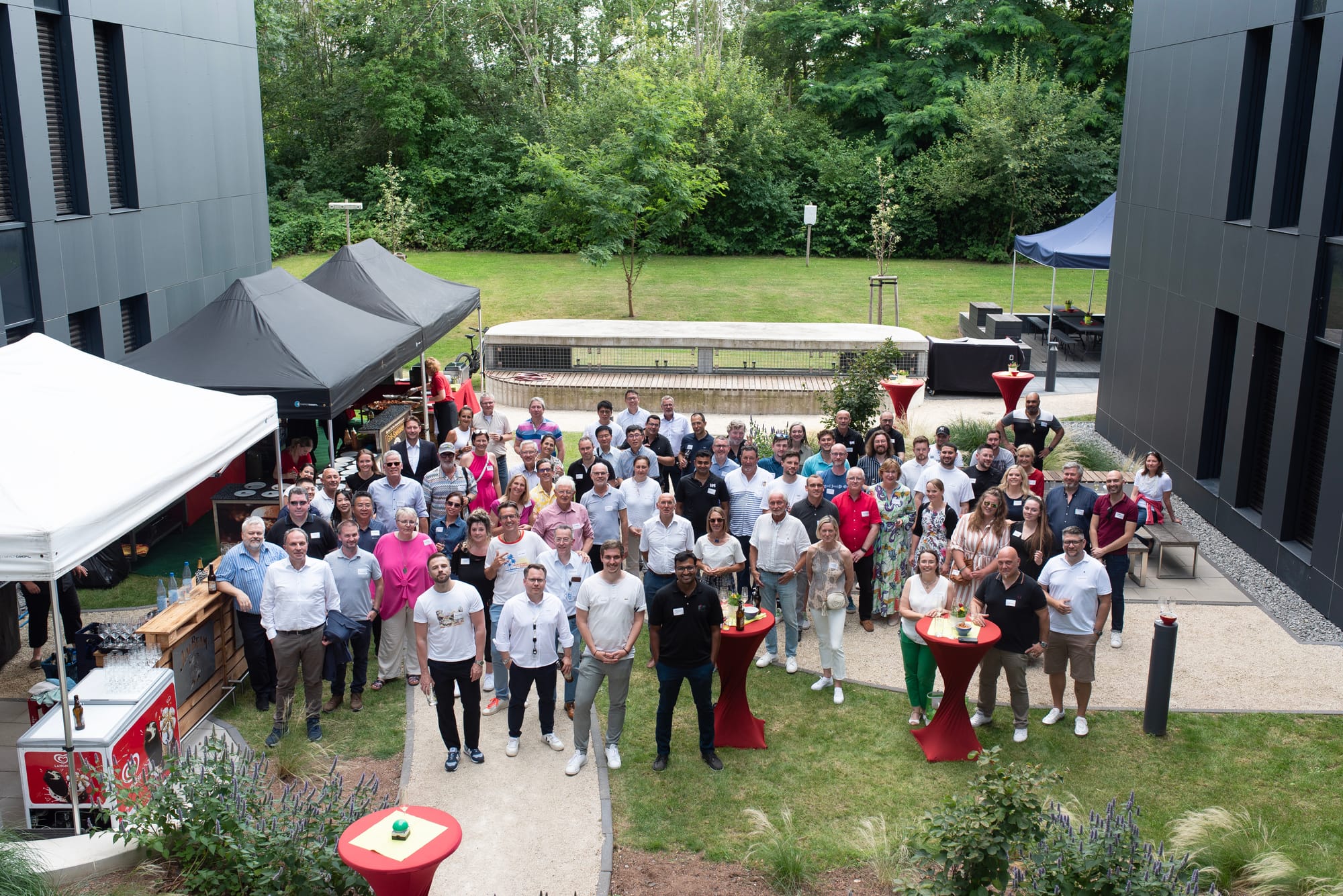Following the earthquake in Taiwan in April, the industry expected an impact on chip and especially memory prices. After all, 65 percent of the world’s advanced nodes are being produced there, and when it comes to AI servers the figure is even higher.
But, contrary to previous natural disasters, the disruption was minimal and had almost no effect on the availability or prices of memory components.
The news about rising DRAM and NAND prices are mainly related to High Bandwidth Memory (HBM) and high-end SSD for AI servers, and not that much for the standard memory products that industrial customers need.
While this is good news for these industries, it’s also a bit worrying – is this the calm before the storm? Cyclicality in semiconductors is a given and it would have been only natural for such an event to have an impact on the industry.
Slow demand from industrial markets
Truth is that the demand from a variety of industrial applications is lower than market research institutes initially expected. Plus, we have yet to see how the big manufacturers react to the boom in HBM.
Seeing that several manufacturers announced that their existing capacity for HMB memory has already sold out for the next 12+ months, it would be only natural to move capacity from older technologies.
Truth also is, that while it seems logical it’s easier said than done. HBM, layered NAND or even DDR5 are complex manufacturing technologies that cannot easily be set up in sites that weren’t designed for them.
Still, Samsung and Sk hynix mentioned in their investor conferences that they converted more than 20 percent of their DRAM production lines into lines for HBM. Accordingly, DRAM output will decline.
Have we reached the Goldilocks zone?
Recent reports indicate that the global supply chains have hit their “Goldilocks zone”, meaning the perfect market conditions. But it’s the first time in over four years in which we have seen wild swings between shortage and oversupply.
The big question is if the demand for these products fades in line with the reduced output. The big memory manufacturers have announced that they will discontinue DDR3 components in the course of this year. And while this is not true for all densities and varieties, this technology is still widely used in set-top boxes, Wi-Fi routers, switches, displays and other industrial applications. If the output of DDR4 components should also decrease, then moving from DDR3 to the next technology has to be carefully considered and timed. There still is a small selection of specialized manufacturers that focus on legacy memory products and can help to mitigate the risk(s).
I’ve been in the semiconductor market for more than 20 years now and cycles are part of the DNA of the industry. So unless you are a gambler, keep an eye on the market. The next swing is as sure as death and taxes.
Author: Marco Mezger, President and COO of Neumonda
(This article was originally published on www.evertiq.com)




